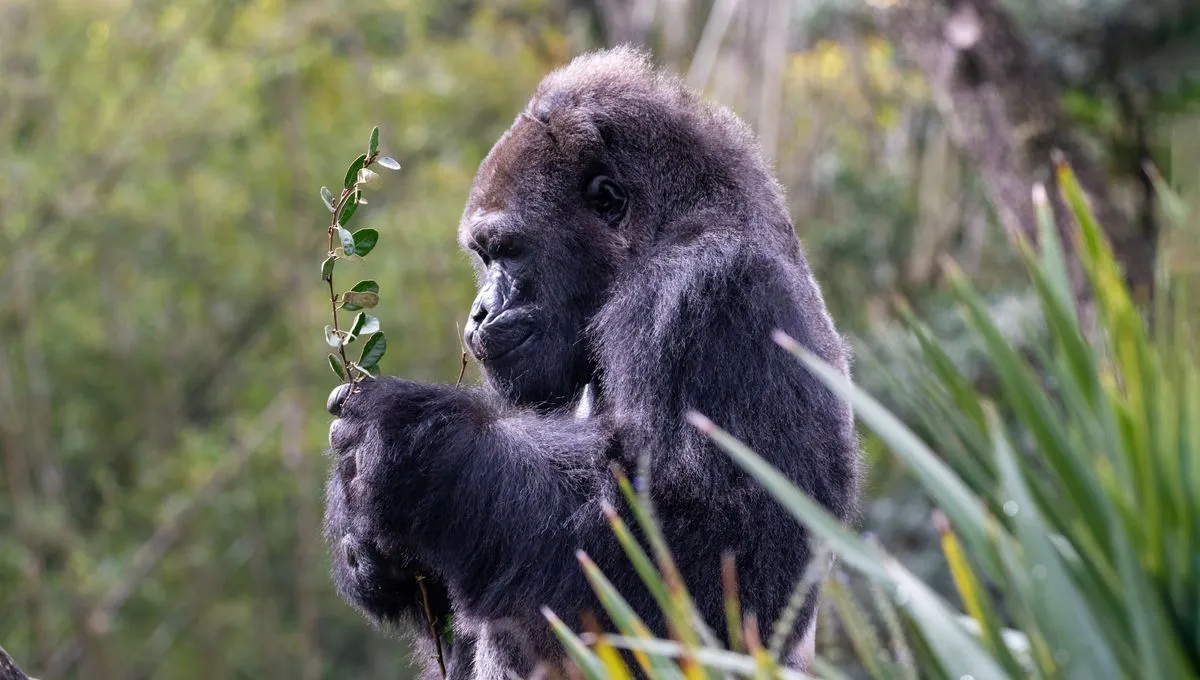Gorillas and Antimicrobial Resistance in Traditional Medicine

Understanding Gorillas in the Context of Antimicrobial Resistance
Research has revealed that gorillas exhibit self-medication, utilizing the same antibacterial plants that traditional healers rely on. This remarkable behavior sheds light on the potential synergy between animal medicine and human healthcare strategies against antimicrobial resistance.
The Plants Gorillas Use
- Fromager Tree (Ceiba pentandra)
- Giant Yellow Mulberry (Myrianthus arboreus)
- African Teak (Milicia excelsa)
- Fig Tree
Implications for Traditional Medicine
The intersection of gorilla behavior and traditional medicine underscores the critical role of biodiversity in pharmaceutical research. The study of these patterns can offer innovative avenues for combating drug-resistant strains, reinforcing the importance of protecting both wildlife and their habitats.
This article was prepared using information from open sources in accordance with the principles of Ethical Policy. The editorial team is not responsible for absolute accuracy, as it relies on data from the sources referenced.